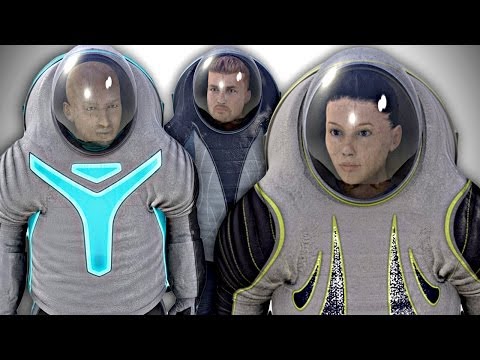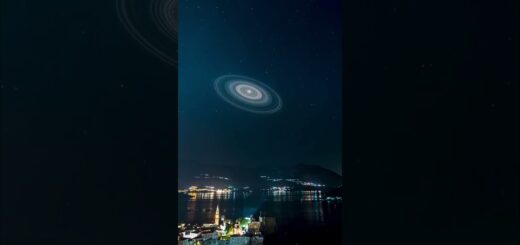This is ESA
This is the European Space Agencydedicated to the peaceful exploration anduse of spacefor the benefit of humankind. Established in 1975,we work together with our 22 Member Statesto push the frontiers of science and technology,and promote economic growth in Europe. We have offices in eight locations across Europe,and one at Europe’s spaceport in French Guianawhere we provide independent access to spacefor scientific and commercial missions. Exploring space is humankind’s greatest adventure,and one that we have been involved with formore than 40 years. ESA has the technology and expertiseto keep Europe at the heart of the new ageof space exploration. From low-Earth orbit,we are working to bring humans back to the Moon,and then onto Mars. By expanding the frontiers of knowledge,we are helping to answer the big questionsabout the Universe. Space provides us with incredible opportunitiesto experiment and discover,yielding amazing new science. From Earth’s neighbours to new worlds,we study stars, galaxies and look for exoplanets. In addition to astronomy, planetary scienceand astrophysics,ESA scientists work on growing food in space,searching for life on Marsand understanding our own planet. From space, satellites are watching over Earthto monitor its health. Our satellites improve weather forecasts,observe the long-term effects of climate change,and contribute valuable knowledge to Earth science. The Sentinel satellites for the European Copernicusprogrammeprovide vital information on our environmentthat can help improve our daily lives. Satellites also help you find where you areand get you where you want to go. We have developed GalileoEurope’s own global satellite system fornavigating the globe. With over 20 satellitesand a network of ground stations,Galileo provides precise global positioninginformation. Satellites are also connecting the world,making possible many of the technologies weuse every daylike satellite TV and internet access. ESA is at the heart of Europe’s satellitecommunications,developing new telecommunications systemsand nurturing European innovationbringing industry, science and space technology together. In order to achieve all this,we need pioneering technologies that pushthe boundaries of the possible. ESA’s world-class laboratories turn scienceinto innovation,developing hardware and software for use inspace and on the ground. Space technology gets rigorously testedto ensure it can withstand the harsh environmentof spaceand the journey to get there. Travelling to space reliablyis at the heart of ESA’s vision for spacetransportation. We launch rockets that carry satellites into orbit,and are constantly improving the design ofour next generation of launchers:Ariane-6 and Vega-C. These rockets and the reusable Space Riderwill ensure that Europe continues to haveautonomous and affordable access to space. Once in space,mission controllers are operating spacecraftaround the clockto watch out planet, study the Universe andexplore the Solar System. We’ve flown more than 80 missions,including Rosetta, which landed Philae oncomet 67Pand Huygens, which touched down on Saturn’s moon. We operate a worldwide network of ground stationsto keep in contact with missions anywhere. ESA is dedicated to making space safer. Our teams help spacecraft to avoid collisionswith space debris,and we are developing new techniques to deorbitdead satellites. We build high-tech telescopes to scan thenight sky for asteroids,and missions to monitor our Sun. With these technologies,early warnings can be deliveredabout potential asteroid impacts or hazardoussolar activitythat can affect infrastructure on Earth. ESA’s diverse activitiesare all part of a clear vision for Europe in space. Space is the future and through ESA we areall part of it. This is ESA.













